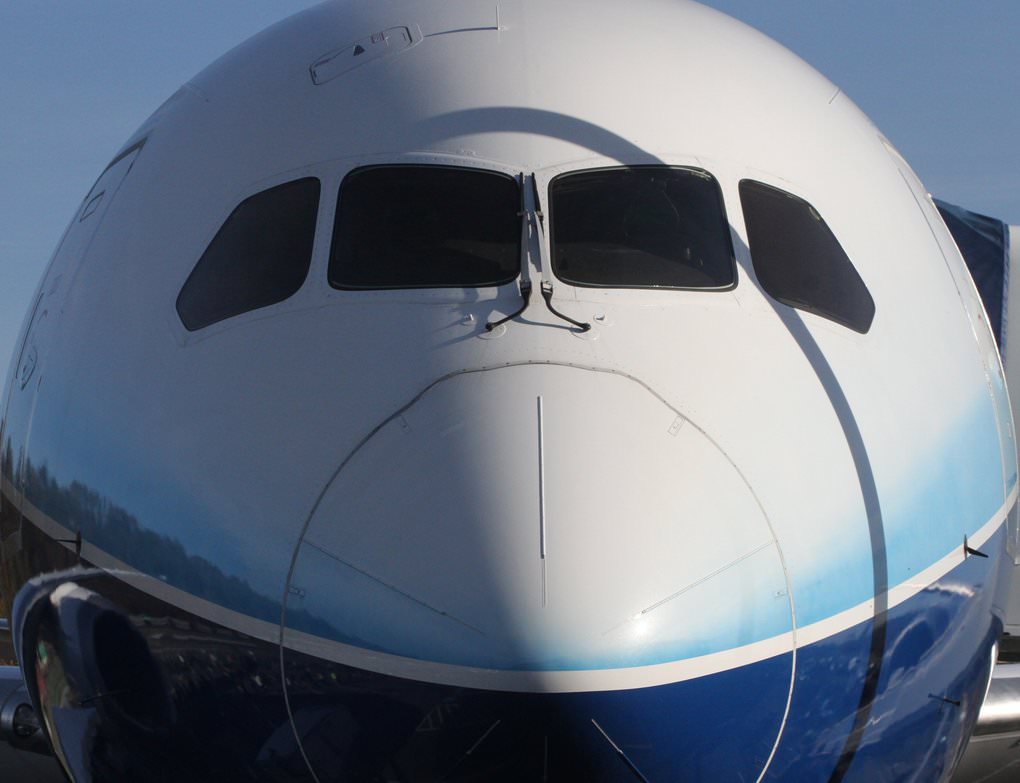Every component of airplane design is meticulously engineered to ensure optimal performance, safety, and functionality. One aspect that often catches the attention of passengers is the relatively small size of airplane windows. While some may wonder why windows on aircraft are intentionally designed to be small, our research has revealed a variety of reasons behind this intentional choice. In this article, we will delve into the findings and shed light on the purpose behind the small size of airplane windows.

1. Enhancing Airframe Strength
The strategic arrangement of small windows on aircraft plays a crucial role in enhancing the overall strength of the airframe. By maximizing the areas of the hull between the windows, engineers are able to distribute the structural load more effectively. This arrangement significantly contributes to the airframe’s strength, allowing it to withstand various forces experienced during flight, such as turbulence or extreme weather conditions. The reinforced areas between windows provide added structural integrity, ensuring the safety of passengers and crew.
2. Weight Considerations
Weight is a critical factor in aircraft design as it directly affects fuel efficiency and operational costs. Larger windows would require a heavier structure surrounding them, leading to an increase in the overall weight of the aircraft. To mitigate this issue, cargo aircraft, primarily used for transporting goods rather than passengers, often forego windows altogether. By eliminating windows, the structural weight can be significantly reduced, allowing for larger cargo capacities and more economical operations.
3. Airflow and Pressurization Challenges
The presence of larger windows would pose challenges related to airflow dynamics and pressurization within the aircraft cabin. Airflow plays a crucial role in maintaining a comfortable and safe cabin environment. The current largest windows can be found on the Boeing 787 Dreamliner, which made its debut in 2009. These windows were designed with advancements in aviation technology to strike a balance between passenger comfort and structural considerations. While they are larger compared to previous aircraft models, they are still relatively small when compared to the overall size of the fuselage.
By keeping the windows relatively small, engineers can better manage the airflow patterns and maintain the necessary cabin pressure. Larger windows would disrupt the airflow, leading to increased drag and potential turbulence. Additionally, the smaller size helps to minimize the surface area vulnerable to potential structural weaknesses and stress points, further ensuring the structural integrity of the aircraft.
4. Cockpit Window Size
Although the cockpit windows may appear relatively small from the outside, they are intentionally designed to provide ample visibility for the flight crew. The primary purpose of cockpit windows is to allow pilots to have an unobstructed view of the runway during takeoff, landing, and taxiing. The size and placement of these windows are carefully considered to ensure optimal visibility without hindering the structural integrity of the aircraft.

5. Window Shape
The shape of airplane windows is another critical element in their design. Regardless of the size of the aircraft, the small, round shape of airplane windows is preferred for several reasons. Firstly, this shape is easier to manufacture, minimizing production complexities and associated costs. Secondly, it facilitates maintenance processes, as rounded windows are less prone to cracking or breaking under the stresses caused by pressure changes during flight. The curved shape allows for better distribution of stress across the window, reducing the risk of structural failure.

Conclusion
In conclusion, the intentionally small size of airplane windows serves multiple purposes that are crucial for the overall performance and safety of the aircraft. It maximizes airframe strength by strategically distributing the structural load, reduces the weight of the aircraft, and addresses challenges related to airflow dynamics and pressurization. Additionally, the small, round shape of airplane windows enhances their manufacturing and maintenance processes, ensuring passenger comfort and safety. The careful engineering behind the design

